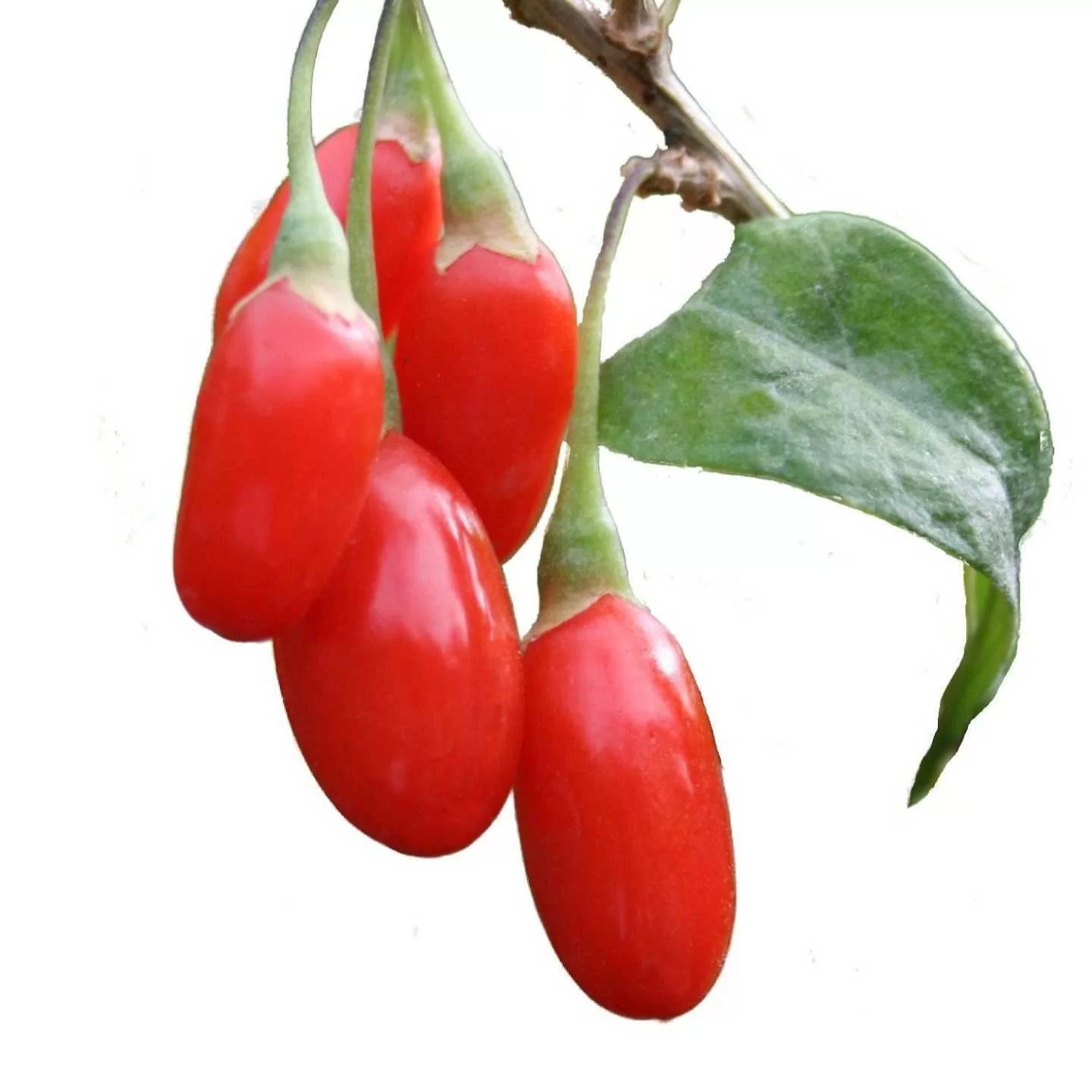Lycium chinense, commonly known as goji berry or Chinese wolfberry, has gained significant popularity in recent years. This small fruit is celebrated for its health benefits and vibrant color. Originally hailing from Asia, Lycium chinense has become a staple in various diets around the world. This guide explores its health benefits, culinary uses, cultivation, and much more.
The Origins of Lycium Chinense
A Rich Cultural History
Lycium chinense has deep roots in traditional Chinese medicine. Its use dates back over 2,000 years, where it was used to treat various ailments. Ancient texts often mention its properties, emphasizing its role in enhancing longevity and promoting overall health.
The plant thrives in arid regions, particularly in southern China. Its adaptability allows it to grow in diverse climates, making it a resilient option for farmers. These berries are not just significant in culture but also in trade. For centuries, they have been a part of commerce, valued for their flavor and health benefits.
Today, Lycium chinense is cultivated globally. Countries like the United States, Canada, and several European nations are growing it due to increasing demand. The cultivation of goji berries signifies a blending of ancient practices with modern agricultural methods, keeping the tradition alive while expanding its reach.

Nutritional Profile of Lycium Chinense
Packed with Vitamins and Minerals
Lycium chinense is nutrient-dense, packed with a variety of vitamins and minerals. These tiny berries are rich in vitamins A and C, which play crucial roles in eye health and immune function. In addition, they contain essential minerals such as iron, zinc, and selenium, all contributing to overall well-being.
One notable component is carotenoids, particularly zeaxanthin. This antioxidant helps protect the eyes from harmful light and oxidative stress. Other antioxidants in goji berries neutralize free radicals, further supporting health.
Moreover, Lycium chinense is a source of dietary fiber, aiding digestion and promoting a healthy gut. This fiber content can assist in feeling full, which supports weight management efforts. With such a diverse nutritional profile, including proteins and various phytochemicals, Lycium chinense stands out as a superfood.
Health Benefits of Lycium Chinense
A Natural Boost to Well-Being
The health benefits of Lycium chinense are vast, making it a popular choice among health enthusiasts. Regular consumption can enhance immune system function due to its high antioxidant content. Antioxidants combat oxidative stress, reducing inflammation in the body.
Research suggests that goji berries may improve eye health. Due to the presence of carotenoids, they can help maintain visual acuity and prevent age-related eye diseases. These benefits make it especially appealing to those concerned about vision as they age.
Moreover, some studies indicate that Lycium chinense can support heart health. Its antioxidants may help lower cholesterol and improve circulation. This contributes to overall cardiovascular well-being. With these potential health benefits, integrating goji berries into your diet can lay the foundation for a healthier life.

Culinary Uses of Lycium Chinense
A Versatile Ingredient
Lycium chinense is not just known for its health benefits; it’s also a versatile ingredient in the kitchen. Although commonly found dried, fresh goji berries can also be used in various dishes. From smoothies to salads, they add a burst of flavor and nutrition.
Dried goji berries can be a great addition to oatmeal or yogurt, providing sweetness and texture. They can also be incorporated into baked goods, such as cookies and muffins, offering a unique taste. For those who enjoy savory dishes, adding goji berries to stir-fries or soups can enhance both flavor and nutritional value.
Tea made from dried goji berries is another popular culinary use. The brewing process extracts beneficial compounds, creating a soothing and health-promoting beverage. With endless possibilities, incorporating Lycium chinense into your diet is both enjoyable and beneficial.
Cultivating Lycium Chinense
Growing Your Own Goji Berries
Growing Lycium chinense can be a rewarding experience for gardeners. It thrives in well-drained soil and requires plenty of sunshine. Goji berry plants prefer slightly acidic to neutral pH levels, making them adaptable to different growing conditions.
When planting, it’s essential to space the plants adequately. This allows for optimal air circulation and sun exposure. In the first year, support structures may be necessary as the plants begin to grow. They are resilient but may require some care during their initial growing phase.
Regular watering is crucial, especially during dry spells. However, overwatering can lead to root rot, so finding a balance is vital. With the right care, goji berry plants can yield fruit in just one to two years. As a bonus, growing your own allows you to enjoy fresh berries straight from the garden!

Potential Side Effects of Lycium Chinense
What to Be Aware Of
While Lycium chinense has numerous benefits, some potential side effects exist. Overconsumption may lead to gastrointestinal discomfort, such as bloating or diarrhea. It’s essential to enjoy these berries in moderation, especially if you are new to consuming them.
Additionally, people taking specific medications, especially blood thinners, should consult with a healthcare provider before incorporating goji berries into their diet. Goji berries may interact with certain medications, potentially impacting their effectiveness.
Allergies are another consideration. Although rare, some individuals may experience allergic reactions to goji berries. Symptoms may include rashes, itching, or digestive issues. If experiencing unusual symptoms after consumption, it’s best to seek medical advice.
Purchasing Lycium Chinense
Finding Quality Products
When looking to purchase Lycium chinense, quality is key. Many health food stores, supermarkets, and online retailers offer goji berries. It’s important to choose products that are organically grown when possible, as this ensures fewer pesticides and chemicals.
Check packaging for certifications or labels indicating the source. Organic certification is a good indicator of quality. Transparent sourcing also suggests better practices in cultivation and post-harvest handling.
Buying in bulk can often save money while ensuring you always have goji berries on hand. Consider exploring local farmers’ markets to find fresh or dried options. When purchasing online, read reviews and check the seller’s reputation to guarantee a satisfying experience.
Lycium Chinense and Sustainable Farming
Environmental Considerations
The cultivation of Lycium chinense presents opportunities for sustainable farming practices. This hardy plant requires less water compared to traditional crops, making it suitable for arid regions. Its resilience allows farmers to grow goji berries even in challenging climates, promoting agricultural diversity.
Moreover, goji berry cultivation encourages eco-friendly farming. Many growers adopt organic practices, minimizing pesticide use. This approach not only benefits the environment but also elevates the quality of the produce. Consumers increasingly seek organic options, reinforcing the demand for sustainably farmed goji berries.
Additionally, Lycium chinense provides economic benefits to farmers. With the rising popularity of goji berries, farmers can tap into lucrative markets. This shift promotes local economies while providing consumers with high-quality produce.
Sustainable farming practices in goji berry cultivation illustrate how agriculture can meet both economic and environmental needs. Emphasizing responsible methods ensures the longevity of this valuable crop for future generations.
Conclusion: Embrace the Benefits of Lycium Chinense
A Nutritional Powerhouse
In conclusion, Lycium chinense offers numerous benefits that make it a valuable addition to any diet. From its rich cultural history to its current status as a superfood, goji berries provide a wonderful balance of taste and nutrition. Their versatility in the kitchen and potential health benefits cater to a wide range of preferences.
As you explore the many facets of Lycium chinense, consider growing your own plants or incorporating these berries into your meals. With moderate consumption and awareness of potential side effects, you can enjoy everything these tiny powerhouses have to offer.
So why not embrace the health benefits of Lycium chinense today? Discover its potential to enhance your diet, boost your well-being, and create delightful culinary experiences. Happy eating!


